Evora Portugal is a vibrant city chock full of interesting things to see and do. Located in the Alentejo region, it has a unique historical charm and is just about a 90-minute drive from Lisbon. This sets it among great day trips from Lisbon or perfect for a weekend stay.
You can explore Roman ruins, museums, shops, and fascinating nature attractions nearby. If you’re looking for interesting things to see and do without having to rush around to see it all, Evora makes a great day trip or weekend choice for you. Here are what we think are some of the best things to do in Evora for a memorable visit.
Things To Do In Evora

Roman Temple
To get a spectacular glimpse of the ancient world, the Roman Temple in the historic center of Evora is one of the best. The impressive city center of Evora has been designated a UNESCO World Heritage Site. Part of the reason is that this ancient structure is one of the world’s best preserved examples of Roman architecture. The temple is made of granite and marble and stands unobstructed on all sides. Unlike with many ancient structures, you can walk right up to it for a better look in detail. Some people wrongly call it the Diana Temple (to honor the Goddess of the Hunt, whom we know and love).
However, the Roman Temple was constructed in the highest part of the city. It was part of the Roman forum that was built to honor Emperor Augustus. The temple was constructed in the 1st Century AD. Although it was damaged and modified in subsequent centuries, it has been restored and preserved to retain as much of its original magnificence as possible. It’s hard not to linger and think about all that’s happened during the centuries that the Roman Temple has stood in the heart of Evora.
Roman Baths
Another brush with ancient history arrived with the rediscovery of the Roman Baths in 1987. Romans loved baths both for hygiene and socializing. They sometimes even conducted business there. The Roman Baths in Evora comprise three different areas, including hot and steam baths. When it was created, the structure was probably the largest public building in the city. It’s easy to understand how important the baths may have been to the people living in ancient Evora.
Today, the Roman Baths are located inside where the Evora Town Hall now stands. It’s a little tricky to find them. You enter the Town Hall building. Pass through the administrative offices, and walk to the back where you can see the baths. It’s truly a place where the past and present collide. One of the office windows looks out at the baths. It’s a little strange looking at an important aspect of ancient life through the windows of a modern administrative structure. It also shows the connective thread of life in Evora between its ancient roots and modern daily life.

Chapel Of Bones (Capela Dos Ossos)
It’s easy to get creeped out by one of the most talked about and visited buildings in Evora, the Chapel of Bones. The name is not whimsical or metaphorical. The building is lined with the skulls and bones of thousands of monks that were recovered in the 1500s. This is an example of how the Franciscans thought about sustainability.
The chapel was built during a time when cemeteries were using up all the land around the city. The Church of São Francisco even saw its cemetery becoming overcrowded. So rather than continue to add to the problem, they decided to fill the chapel attached to the church with an important and relevant message. Inch by inch, bone by bone, the inside of the chapel is intended to serve as a reminder of life’s impermanence and the inevitability of death. To make sure you get the message clearly, writing above the entrance translates to “We bones that are here, await yours.”
You might need a breath of fresh air after a visit to the Chapel of Bones. If so, go next door to the gorgeous Church of São Francisco, a National Monument where royals worshipped. Head on up the stairs and go out onto the rooftop. There you will get a breathtaking view of the entire area. It’s a bit of a climb, but if you like spectacular vistas, you will be glad you made the effort.
Aqueduct of Silver Water (Aqueduto da Água de Prata)
Aqueducts are very cool. Roman aqueducts that were rebuilt at the height of a city’s “golden age” are even cooler. That’s why Evora’s Aqueduct of Silver Water is such a fun thing to see. It was reconstructed from its Roman origin to bring fresh, clean water from the springs of Graça do Divor into the city.
The marble fountain in Praça do Giraldo delivered water from the aqueduct to the citizens of Evora for more than four centuries. Even now, the structure, a phenomenal accomplishment even in its own time, is still a source of engineering pride. It’s also a protected monument in the World Heritage Site of Evora.

Almendres Cromlech (Megalith)
A little outside of town is a megalithic complex. An arrangement of giant stones, from the 6th millennium B.C. called Almendres Cromlech. It was created more than 7,000 years ago, during the Neolithic period. That makes it older than the Great Pyramids. It’s older than the famous Stonehenge in England by some 2,000 years.
Many of the stones have carvings on them, adding to the intrigue. Although it’s unsure of what the purpose was specifically, historians believe that it has a strong connection to agriculture. Whatever these amazing stones represented at the time they were placed, today they represent a fascinating look at something created by our oldest ancestors that has withstood millennia to connect us even today.
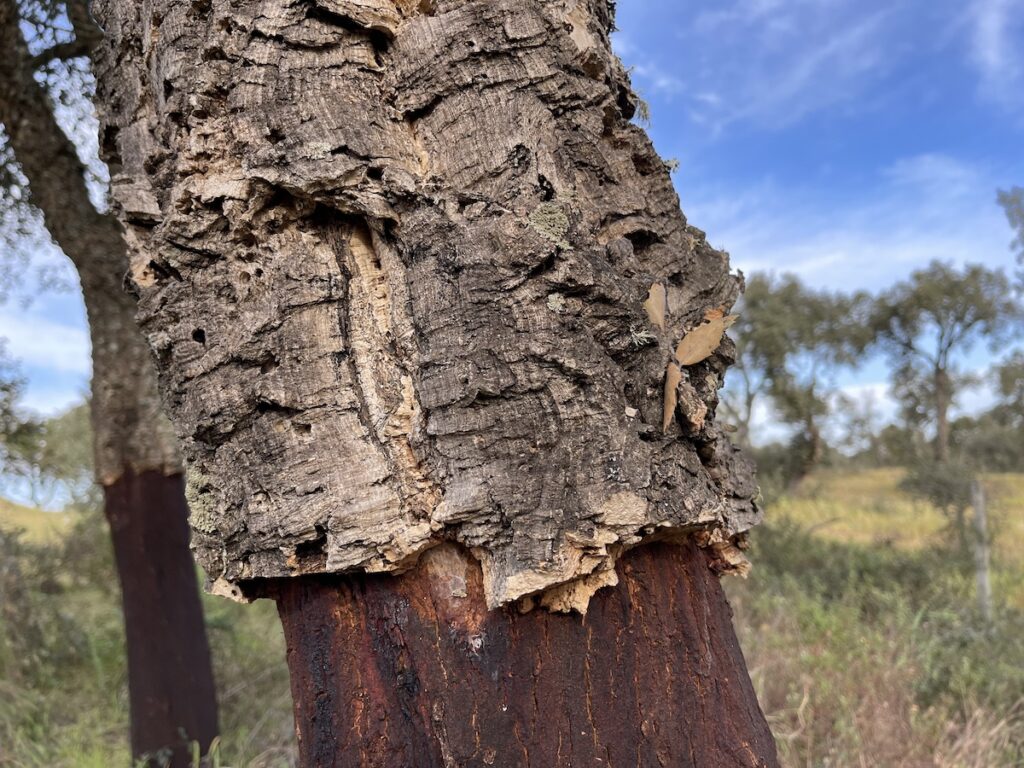
Cork Oak Trees
Portugal is the largest cork producer in the world and exports over 60% of the cork used around the globe. With a value of about $1.3 billion and employing some 20,000 people, cork is one of the most important industries in the country. When visiting Portugal, you will likely see lots of products made from cork. But aside from the usual bottle stoppers and bulletin boards, cork in Portugal is used to make everything from shoes, purses, belts, hats, tableware, office items, yoga mats, and much, much more.
If you’re intrigued to see where all that cork comes from, then you’ll want to visit some of the cork forests around Evora to see what real Cork Oak trees look like. Not surprisingly, the world’s biggest Cork Oak tree, named the Whistler Tree, over 230 years old, is in the Alentejo. The trees have a thick bark that is peeled off carefully and meticulously processed. The trees usually live around 200 years. The bark is only harvested every 9 years or so using sustainable practices that ensure the health and safety of the trees. They are cared for and nurtured to preserve them for the future.
If you have a vehicle you can drive to see the cork oak trees yourself. Or, if you want to have a knowledgeable guide take you, there are several tours offered. Some include lunch and others combine visits to cork forests, the megaliths, and maybe even a winery or vineyard. Serving as insulation for over 5000 years, cork is one of nature’s gifts to us. Portugal has managed to blend profitability with the sustainability of an important resource that is also beautiful to see in its natural environment
Museums
Like many cities in Portugal, Evora has plenty of museums to visit. In addition to those with art and items you would expect, there are a few specialty museums with different exhibits to enjoy. Here are a few Evora museums we think are interesting.
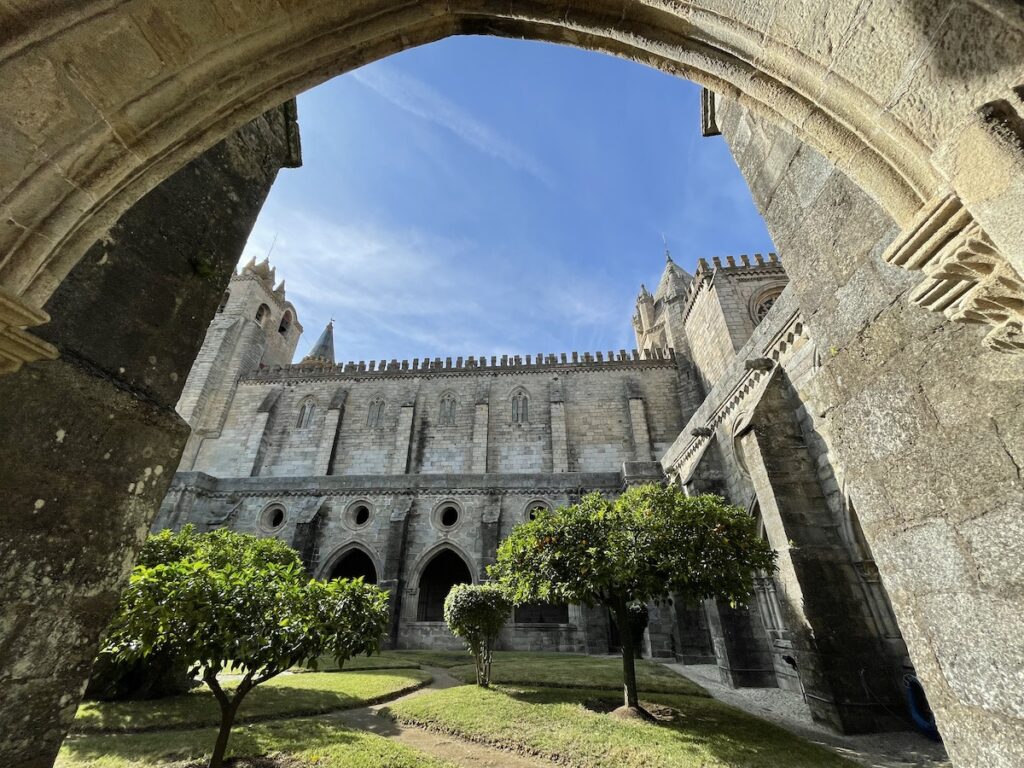
Cathedral of Évora Museum
The Roman Catholic Cathedral of Évora is one of the oldest buildings in Évora. Located on top of a hill its rooftop provides a stunning view of the Évora region. The museum contains several relics and art that are all worth seeing.
Evora Toy Museum
Whether you’ve got kids with you or you’re a kid at heart, you’ll enjoy the Museu do Brinquedo de Evora (Evora Toy Museum). There you’ll find vintage toys that brought joy to children who were treated to their special way of bringing smiles. Many toys are from the 1940s and 50s. The wide variety includes musical toys, handmade wooden toys, toy trains, games, and doll houses. It’s located in the public garden and is free to enter. Be sure to check the timetable and it’s closed on weekends.
Watch Museum (Museu do Relógio)
Started by a passionate watch lover who inherited three broken pocket watches from his grandparents. The Watch Museum has become an important collection. In addition to housing a huge collection of watches now available for the public to see, the museum also participates in restoration efforts. Pocket watches, clocks, wrist watches are all here. The museum even designs and produces its high-quality brand of watches now. Originating in the Alentejo town of Serpa, the museum opened the Evora branch in 2011 soon offering visitors an ambitious collection of timepieces fueled by passion. The price is €2 for adults and €1.40 for seniors and kids under 10. Closed Mondays.
Carriage Museum (Museu das Carrugens)
If you like seeing how people got around in the 18th and 19th centuries, you will want to check out the Carriage Museum in Evora. There is a small collection of about a dozen carriages imported from all over Europe for use by an upper-crust family. There are also items on display such as saddles and harnesses for the horses and other traveling accessories. The €1 admission also provides entry to the Library and Palace owned by the same family. The Carriage Museum is fittingly housed in a building that was part of the cathedral that used to be a barn. Seniors’ price is €.50 and Sundays and kids under 12 are free.
Museum of Crafts and Design (Museu do Artesanato e do Design, MaDe)
The Crafts and Design Museum is a fun place to see many examples of tapestries, cork, pottery, wood, and other creations of local and regional artisans. There is also a collection of industrial designs in things like household appliances and office machines. This is a small uncongested museum with an entry fee of €2 (€1 for seniors or members of a family group) near the Chapel of Bones. Check the schedule for opening times and it’s closed on Mondays.
Evora Museum
The impressive Evora Museum is over a century old. Just taking a look at the inside of the building makes the visit worthwhile. Roman, Visigoth, and Moorish items include art, artifacts, sculptures, and even furnishings. A highlight for many is the “Life of the Virgin” series of 13 panels depicting the life of Mary. Paintings by artists such as Garcia Fernandes, Avelar Rebelo, Mestre do Sardoal, Francisco Henriques, and others are also included in the more than 20,000-piece collection. Admission is €3 and the museum is closed on Mondays.
Shopping
Praça do Giraldo
Praça do Giraldo is the main square of Evora, dating to the 16th century. It’s a central focus of life in the city and has been for centuries. Today it’s the perfect place to take a break, grab a bite, do a little shopping, or just people watch. For shoppers, there’s a great arcade of shops set off by round medieval arches. There are also several cafés and restaurants great for taking a break to relax between purchases. The plaza’s gorgeous Baroque marble fountain has eight water spouts. Each one represents one of the eight streets that branch off the square. The stunning Church of Saint Anthony sits on the north side of Praça do Giraldo.
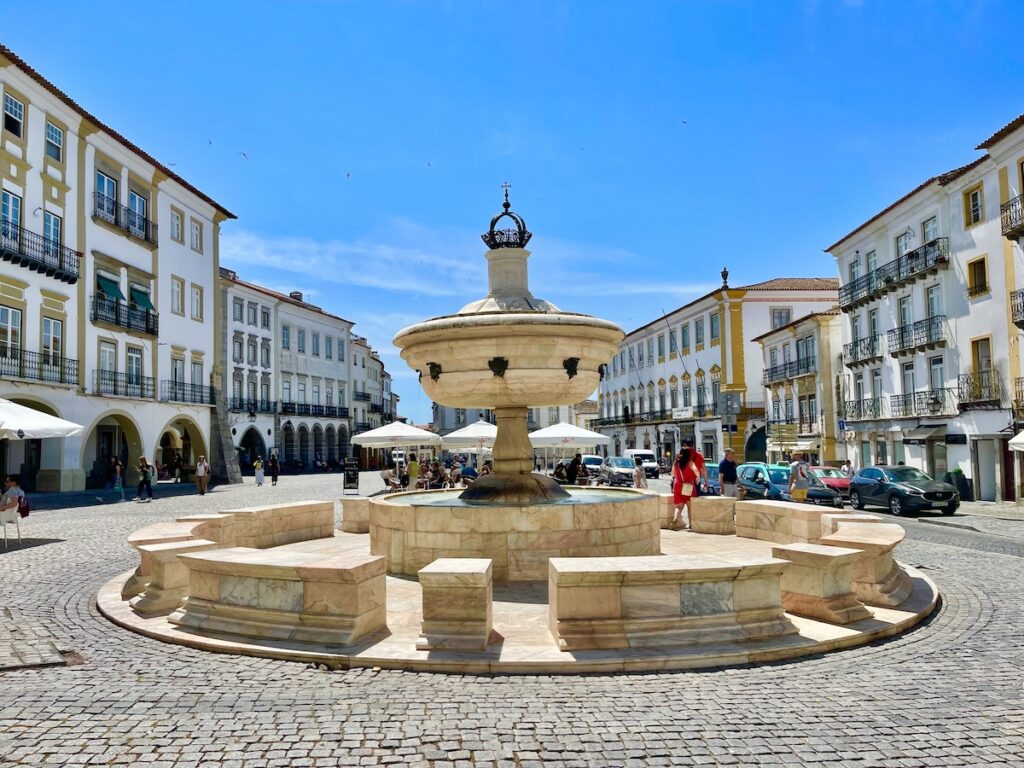
It’s hard to believe that this beautiful square was the location of the Duke of Braganza’s execution in the 1400s. It was a warning to anyone plotting with Spain to overthrow Portuguese King John II. On top of that, victims of the Spanish Inquisition were punished in the plaza too. These days, the central square is much more peaceful. It serves as a launching pad for many touristic excursions as well as a place where locals go to dine, shop, and socialize.
Street Markets
Of course one of our favorite ways to shop in any location is to explore the local street markets. In Evora, a large open-air market happens on the second Tuesday of each month at the Rossio de São Bras, just outside the old castle walls between the center of town and the railway station. Vendors here sell a wide variety of artisanal crafts, household goods, clothing, shoes, toys, accessories, and more.
There is also a rotating schedule of four different weekend markets located by the Aqueduct. Each with its own focus, including antiquities, old books, collectibles, and arts and crafts.
Shopping Streets
Avenida 5 de Outubro is Evora’s main shopping street. Its history goes back to the 14th century (when it was called Rua da Selaria) when leather manufacturers dominated. In the 15th century, jewelers were the main focus. But today, this street close to the Praça do Giraldo has a variety of shops selling colorful pottery, hand-painted ceramic tiles, carved cork items, and other local handicrafts. You can also find souvenirs and tourist items like t-shirts, postcards, and souvenirs. Rua Candido dos Reis includes some elevated independent clothing boutiques and jewelry stores with high-quality Portuguese filigree gold pieces. Rua Vasco da Gama has some great independent shops selling everything from health food to artisan wood products, rugs, and more.
Books
Book lovers will enjoy stopping in Livraria Nazareth. You’ll find books and maps as well as stationery and other goodies perfect for browsing. It’s the oldest bookstore in Alentejo, filled with charm and so much to enjoy. Lots of great things for the kiddos too!
Cork
What would a visit to Evora be without exploring some of the wonderful products made from cork? Incomplete, we say! That’s why Mont’Sobro is a fun shop for checking out a vast array of items made with Portuguese cork. Located on Rua 5 De Octobre, it’s easy to find. And once inside, you can see shoes, purses, wallets, jewelry, and many other items made from cork. Perfect for gifts – even for yourself.
Evora Plaza
Evora Plaza brings mall shopping convenience to Evora. It includes over 80 stores, an Auchan supermarket, restaurants, and a cinema complex. Stores cover a range from electronics and apparel to home décor, as well as products for children and pets. Dining options include Portuguese as well as international flavors.
Evora Hotels
Now that you’ve got some idea of what to do, you can start planning if you want to stay over a night or two. Hotels in Evora Portugal provide a variety of options to suit your budget and your taste.
Convento Do Espinheiro, Historic Hotel & Spa
Just a few minutes away from the city center, Convento do Espinheiro is a gorgeous five-star reinvention of a 1400s convent. The property shines surrounded by beautiful gardens and with elegant décor throughout. Several dining options include fantastic Alentejo cuisine crafted by Chef Jorge Peças, a native-born and trained in Alentejo. There is also Divinus for Italian cuisine, a lounge, a wine bar, an indoor bar, and a pool bar. Rooms are plush and the hotel offers spa treatments for an exceptionally relaxing time. Indoor and outdoor pools. A health club with state-of-the-art equipment, a tennis court, and beautiful gardens marked with walking or jogging trails add that extra touch to the spectacular accommodations.
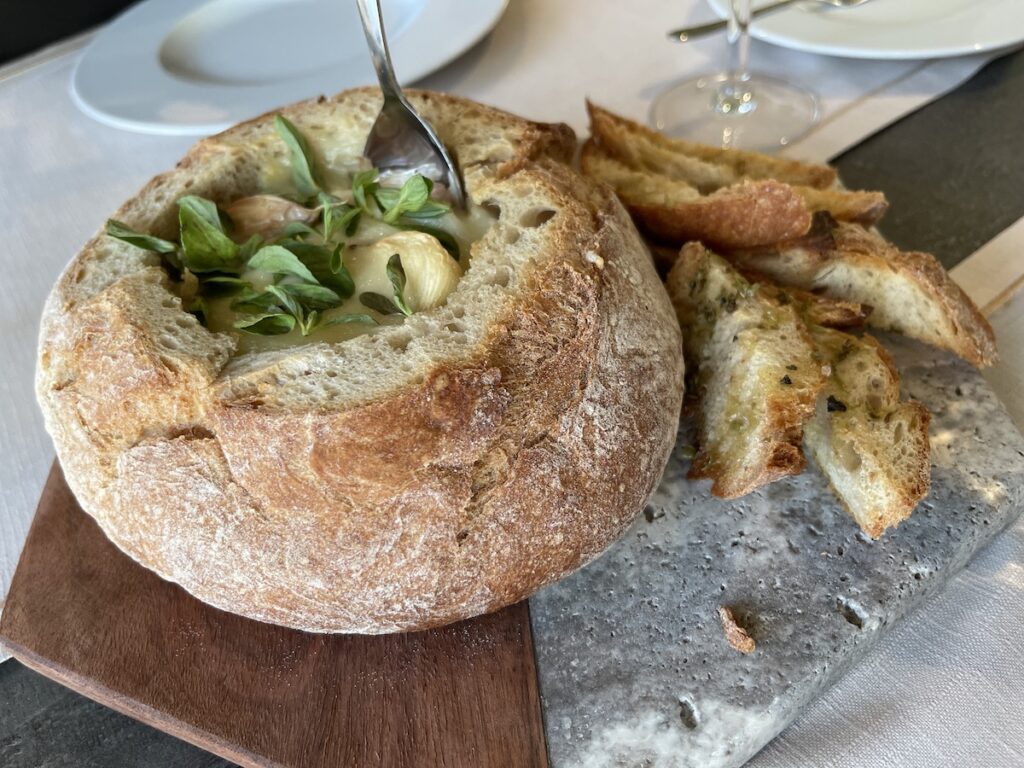
Vitória Stone Hotel
The beautiful and sustainability-focused Vitória Stone Hotel synthesizes sleek, modern appeal, with traditional and earthy décor. Each room has its own private balcony. The rooftop bar serves handcrafted cocktails on a terrace with a stunning view of the city. Stone walls accent the sleek furnishings making the feel contemporary yet unhurried and comfortable. The Avista bar is a perfect spot to enjoy a leisurely drink or enjoy a light meal while watching the sunset. 5Amendoas Restaurant offers incredible dishes highly focused on Alentejo regional cuisine and products. The name pays tribute to the Alentejo tradition where groomsmen offer wedding guests almonds at the end of the ceremony. There’s also a panoramic outdoor pool, gym, sauna, and 24-hour business center available to guests during their stay.
Templo Boutique Hotel
A stone’s throw from the heart of the city, Templo Boutique Hotel is delightfully charming highly affordable, and conveniently located. Recently transformed into a 10-room hotel this is a great option for those traveling on a budget. With a range of room sizes from a single room to an apartment-like studio, high ceilings, and air conditioning. An excellent breakfast is also available at the hotel, it’s frankly, a steal. The cheerful staff will answer your questions. Make reservations at a local restaurant, and provide suggestions for sightseeing tours or points of interest. It’s close to all the action but is quiet for those who want to wind down after a big day.
Pousada Convento de Évora
If you want to be in the heart of it all, then the Pousada Convento Evora is for you. It’s steps away from the Roman Temple. We love Pousadas, which convert historic buildings into beautiful accommodations. Pousada Convento Evora (also known as Pousada dos Loios after the former convent) is no exception. The rooms are former monk’s cells, uniquely decorated and designed with luxurious décor and creature comforts making each one special. The Pousada has 24-hour reception, a business center, a restaurant, a bar, and room service. There’s free Wi-Fi. If you want to cool off and relax outside, there’s a beautiful swimming pool and area for lounging and a courtyard cloisters perfect for relaxing.
Pro Tip
Be aware that the Alentejo gets very hot in the warmer months. If you’re sensitive to heat, visit Évora in the fall or winter when temperatures are less intense. As a bonus prize, you’ll find flash sales and prices quite low in the off seasons. Getting to the most prized restaurants will be easier too.
For more about what to eat and where to dine in Evora, check out our latest article. To bring the tastes of travel home, try out some of our recipes like the delicious Carne de Porco Alentajana.


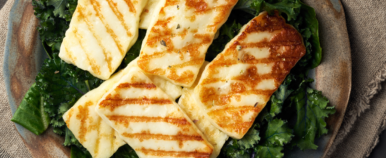
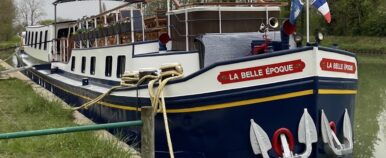
Comments are closed.